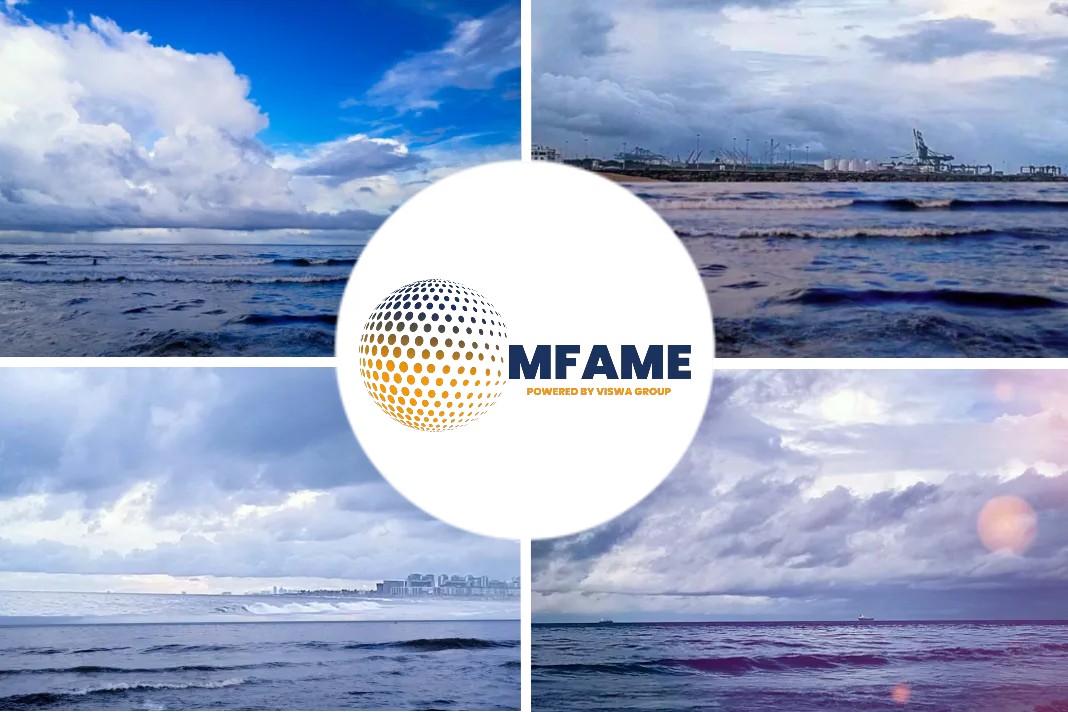
Germany builds up LNG import terminals, states a Reuters news source.
LNG terminal at Mukran
A new liquefied natural gas (LNG) terminal at Mukran on Ruegen Island in the German Baltic Sea should be operational from the first quarter of 2024, Gascade, the pipeline firm building its onshore connection, said.
Operator Deutsche ReGas last month reported that suppliers have booked 4 billion cubic metres (bcm) of capacity for 10 years per annum at Mukran, where the company wants to pull together two floating storage and reception units (FSRUs) for deliveries to the mainland.
Germany’s quest to increase LNG import capacity has intensified as it seeks to end reliance on Russian pipeline gas after Russia invaded Ukraine last year.
Pending the provision of fixed terminals, it is using FSRUs to help replace piped Russian gas supplies.
Three FSRUs are working at the Wilhelmshaven, Brunsbuettel and Lubmin ports after Germany arranged their charter and onshore connections. Wilhelmshaven, Mukran and Stade are due to add more ships for the 2023/24 winter.
Industry and the government are also building up terminal capacity in anticipation of increased use of hydrogen, which when produced using renewable energy can help the transition to a lower carbon economy.
Mukran
Deutsche ReGas has sub-chartered a second FSRU from Transgas Power, with regasification capacity of 7.5 billion cubic metres (bcm), to complement the Neptune currently active at Lubmin.
LNG from Mukran is meant to flow to onshore grids via a new pipeline built by Gascade from next winter.
The project has triggered local opposition. But two legal challenges by environmental groups DUH and Nabu were thrown out by the federal administrative court last and this week respectively.
Wilhelmshaven
Utility Uniper (UN01.DE) launched Germany’s first FSRU operations last December at the deep-water port on the North Sea.
It plans to add a land-based an ammonia reception terminal and cracker in the second half of this decade. Ammonia is at times used as a carrier for hydrogen, whose low density otherwise makes transportation over long distances complicated.
Tree Energy Solutions (TES) will operate a second FSRU from later in 2023 for five years, and plans to eventually convert the operations to clean gases.
Lubmin
The FSRU Neptune, chartered by Deutsche ReGas, began receiving LNG at Lubmin early this year. The gas is first delivered to another storage vessel, the Seapeak Hispania, and shuttled to Lubmin in a set-up taking account of shallow water.
ReGas holds long-term supply deals with France’s TotalEnergies (TTEF.PA) and trading group MET.
The government wants the Neptune to move to Mukran, allowing the Seapeak Hispania to depart, and joining a second FSRU there, the Transgas Power.
Brunsbuettel
The EU Commission approved a 40 million euro ($42.81 million) support measure for the land-based liquefied natural gas (LNG) terminal at Brunsbuettel on the North Sea, citing its contribution to the security and diversification of supply.
The Brunsbuettel FSRU, operated by RWE’s trading arm, became operational in mid-April.
It is the forerunner of a land-based LNG facility, now in receipt of a parcel of approved state support, that could start operations at the end of 2026, when an adjacent ammonia terminal could also start up.
State bank KfW (KFW.UL), Gasunie and RWE are stakeholders and Shell (SHEL.L) has committed itself to sizeable purchases.
The total costs of the land-based terminal are 1.3 billion euros.
Stade
The inland port on the river Elbe in January started work on a landing pier for an FSRU, to be ready in the winter of 2023/24. Designated vessel Transgas Force is moored at Bremerhaven port to be fixed up for the purpose.
Project firm Hanseatic Energy Hub (HEH) also plans a land-based terminal where it has allocated regasification capacity that could be operational in 2027, including volumes for state-controlled Sefe and utility EnBW (EBKG.DE).
It has begun sounding out the market to determine whether the longer-term plans should be based largely on ammonia to be reconverted into clean hydrogen. It has identified a construction consortium.
HEH is backed by gas network company Fluxys (FLUX.BR), investment firm Partners Group (PGHN.S), logistics group Buss and chemicals company Dow (DOW.N).
EnBW, which is also a buyer at Wilhelmshaven and Brunsbuettel, said it would double annual purchases to 6 bcm.
Did you subscribe to our daily newsletter?
It’s Free! Click here to Subscribe!
Source- Reuters






















